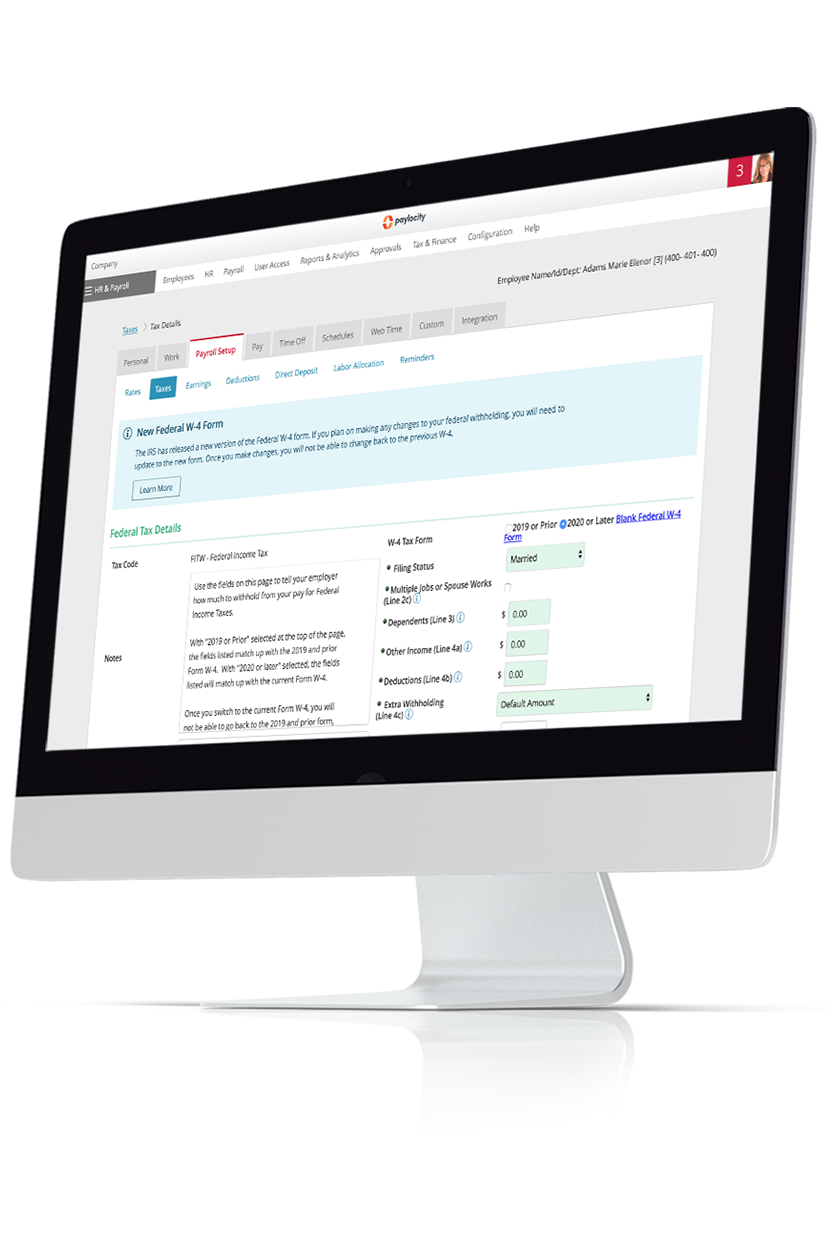W-2 Employee
Summary Definition: A traditionally hired individual whose employer withholds taxes from their wages and reports their earnings and withholdings to the IRS via Form W-2.
What is a W-2 Employee?
A W-2 employee is an individual who’s hired by and works directly for an employer in exchange for wages subject to tax withholdings (e.g., federal income taxes, Medicare, and Social Security taxes).
The term stems from the employer’s responsibility to report the employee’s annual earnings and deductions on an Internal Revenue Service (IRS) W-2 Form (i.e., the Wage and Tax Statement form). Moreover, employers must annually provide employees with a copy of Form W-2 to use on their personal tax returns.
Being hired as a traditional worker, W-2 employees can earn annual or hourly wages for the length of their employment, which can be full-time, part-time, temporary, or seasonal. Such employees are also often eligible for labor law protections and employer-provided benefits, including sponsored health insurance and paid leave.
Difference Between 1099 vs. W-2 Employees
1099 workers (i.e., independent contractors) aren’t classified as full employees or reported as such by the employer to the IRS. Instead, they’re usually self-employed and report their income to the IRS on Form 1099-NEC, hence the name “1099 employee.”
The core difference between W-2 and 1099 employees lies in the level of control their employer or client has over their work. W-2 employees are managed directly by their employer, who sets work hours and provides tools or training.
Conversely, a 1099 independent contractor operates independently, supplying their own resources and determining for themselves when and how tasks are completed, within the bounds of their contract.
This difference may affect how W-2 vs. 1099 workers integrate into a company’s overall culture and ongoing operations. Whereas a W-2 form employee engages with coworkers and projects on a permanent or recurring basis, 1099 workers usually provide limited, specialized services for individual projects or on an overall temporary basis.
Who Qualifies as a W-2 Employee vs. Independent Contractor?
When determining if a worker is a 1099 vs. W-2 employee, the IRS evaluates three factors of the working relationship between the individual and the employer. These “Common Law Rules” focus on the worker’s behavioral and financial control or independence and the working relationship's defined parameters.
Together, the rules assess how much direction and oversight the employer has. No one factor or combination of factors is decisive, as the full scope of the working relationship must be considered.
Generally, despite W-2 and 1099 workers being able to serve similar roles, the difference between 1099 and W-2 individuals is that the former has more leeway and working autonomy but few (if any) benefits.
| Common Law Rule | Rule Details |
| Behavioral | Evaluates how the business controls the worker’s tasks, assignments, and deadlines. |
| Financial | Evaluates who controls monetary and compensation matters, such as expense reimbursements, earned wages, and provided resources. |
| Relationship Type | Considers other nuances of the relationship, such as offered benefits (if any), length or permanence of the relationship, and whether the contractor’s services are a key activity of the organization’s business. |
Employers can also consult IRS Form SS-8 in deciding if a worker is an independent contractor or an employee. The Department of Labor (DOL) and the Equal Employment Opportunity Commission (EEOC) also have guidelines.
Related Glossary Terms

Get Taxes Done Right, Without the Stress
We know there's a lot that goes into preparing and filing payroll tax forms. Save time and get support from our expert team. As a Registered Reporting Agent with the IRS, we can help prepare and file all the necessary forms you need to remain compliant - even in the face of changing legislation. Learn more here.